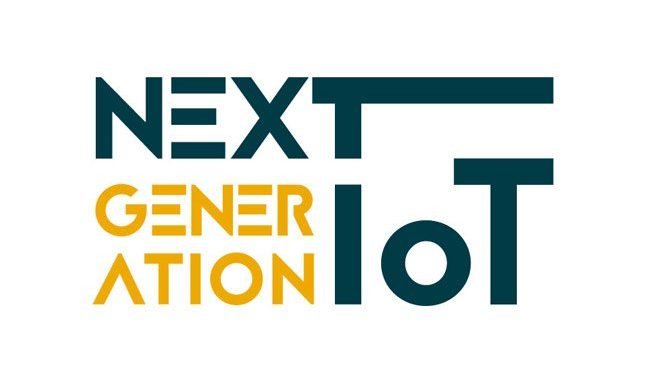Next Generation Internet of Things
The Next Generation Internet of Things (NGIoT) initiative is a growing community of projects and related initiatives at work to maximise the power of IoT made in Europe. NGIoT works to lower the barrier for adoption and development of IoT-empowered solutions, by supporting business models, innovation and skills.
In a “network of network” ecosystem, NGIoT consists of ongoing projects and upcoming funding opportunities at work for a human-centric and sustainable digital transition.
NGIoT projects are working to achieve H2020 goals while Horizon Europe will bring new opportunities to launch research and innovation projects across Europe and beyond. NGIoT works in close collaboration with related technology networks including cloud, Edge, Artificial Intelligence, 5G telecommunications networks and services, cybersecurity and blockchain.

NGIoT in Action
In complex IoT scenarios, people are becoming an essential part of interconnected cyber-physical systems. End users are both benefiting from connected devices and appliances as well as generating data which reinforces the effectiveness of IoT.
Europe is leading the way to ensure the development and adoption of trusted and sustainable IoT that in combination with other advanced technologies can drive the digital and green transformation of our society and economy, across areas such as manufacturing, energy, agriculture, smart cities, mobility, retail and health care.
The NGIoT is sharing best practices and building a growing and on-the-move ‘network of networks’ for knowledge and technology transfer, at the intersection of different research and innovation communities and industrial-driven initiatives.
Next generation IoT architectures with a focus on user-aware, self-aware and semi-autonomous IoT systems
addressing new real-time capable solutions, which solve performance challenges such as streaming and filtering at the edge, latency and network constraints. Projects are expected to use distributed AI, address security, privacy and trust requirements by design and allow for new de-centralised topologies and governance.
Interoperability
to cope with the increased complexity of connecting vast numbers of heterogeneous devices with increasing demands for data sharing, protection of privacy, data monetization and contractual arrangements for secure and trusted interaction.
Intelligent IoT devices
supporting the proposed use cases and drawing from applicable results in micro-nano-bio technologies, including resource-aware hardware/software concepts, low power processor platforms integrating computing, networking, storage and acceleration elements, new communication schemes and topologies that range from the cloud continuum towards mesh, and securing computing and communication at device level with constrained resources.
Tactile/contextual Internet of Things
based on human-centric sensing/actuating, augmented/virtual reality and new IoT service capabilities such as integration with parallel and opportunistic computing capabilities, neuromorphic and contextual computing.
